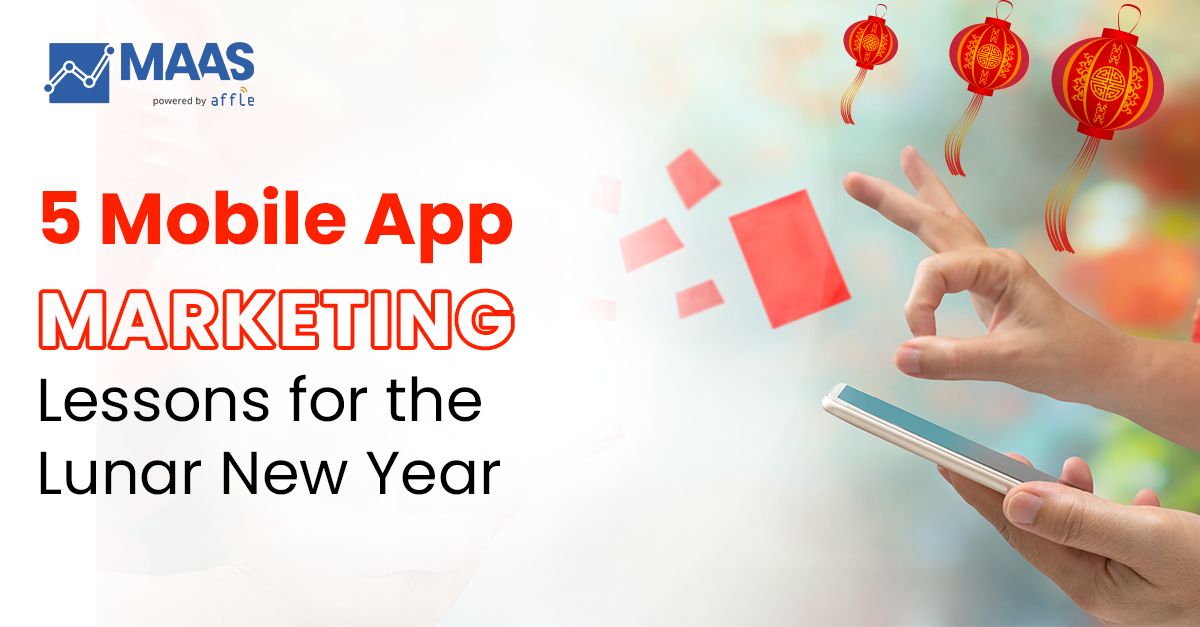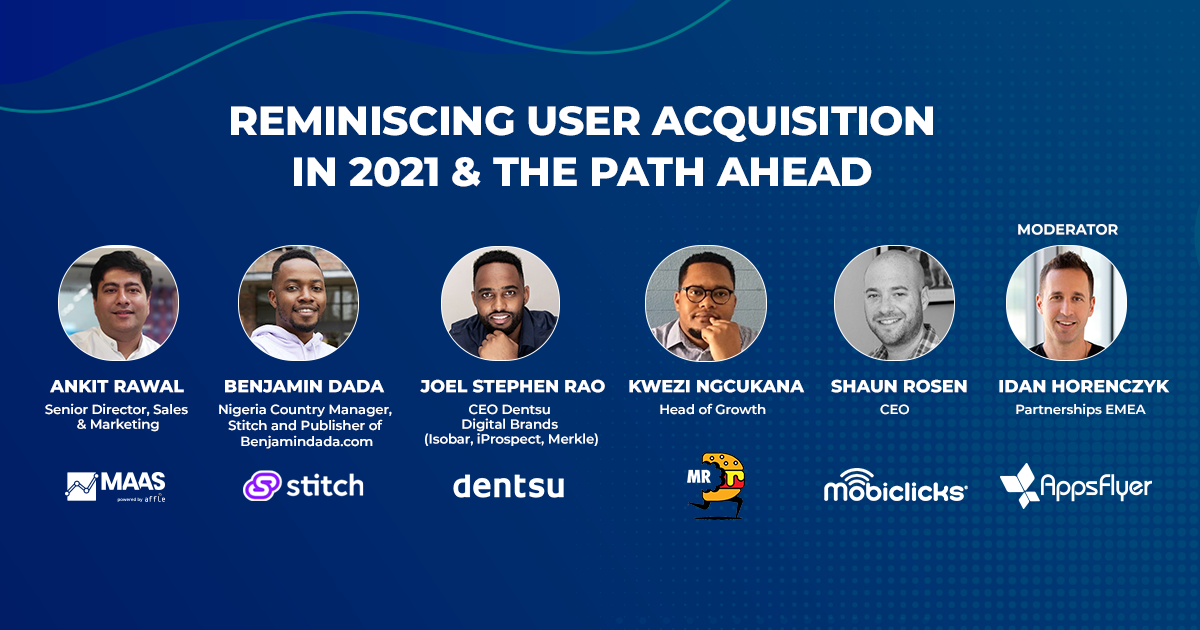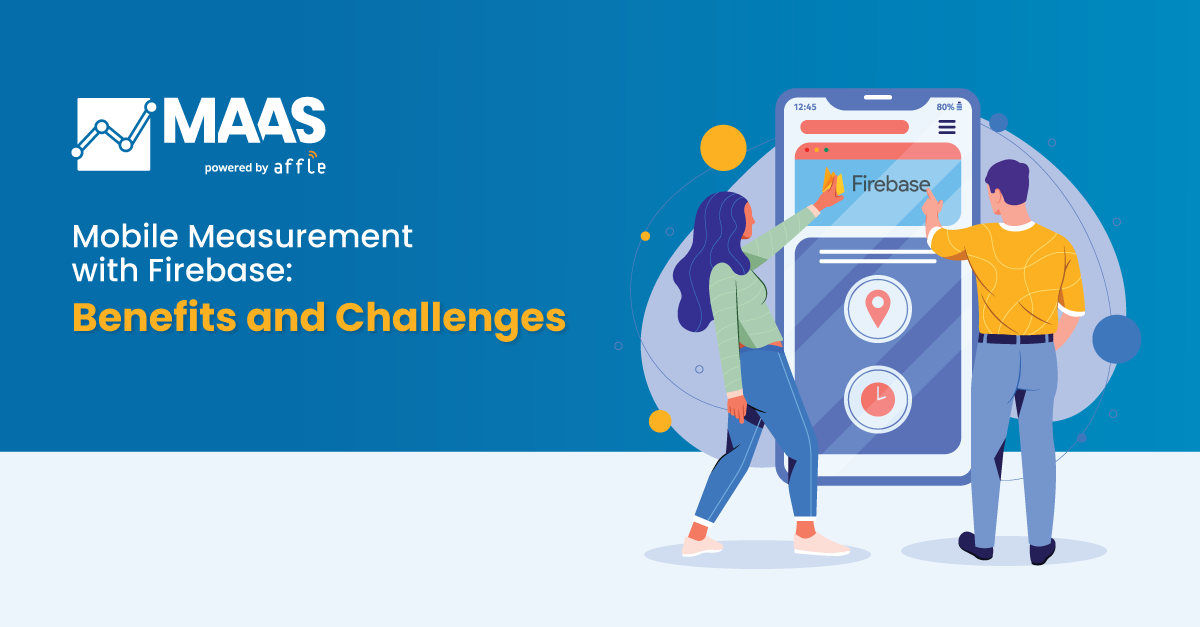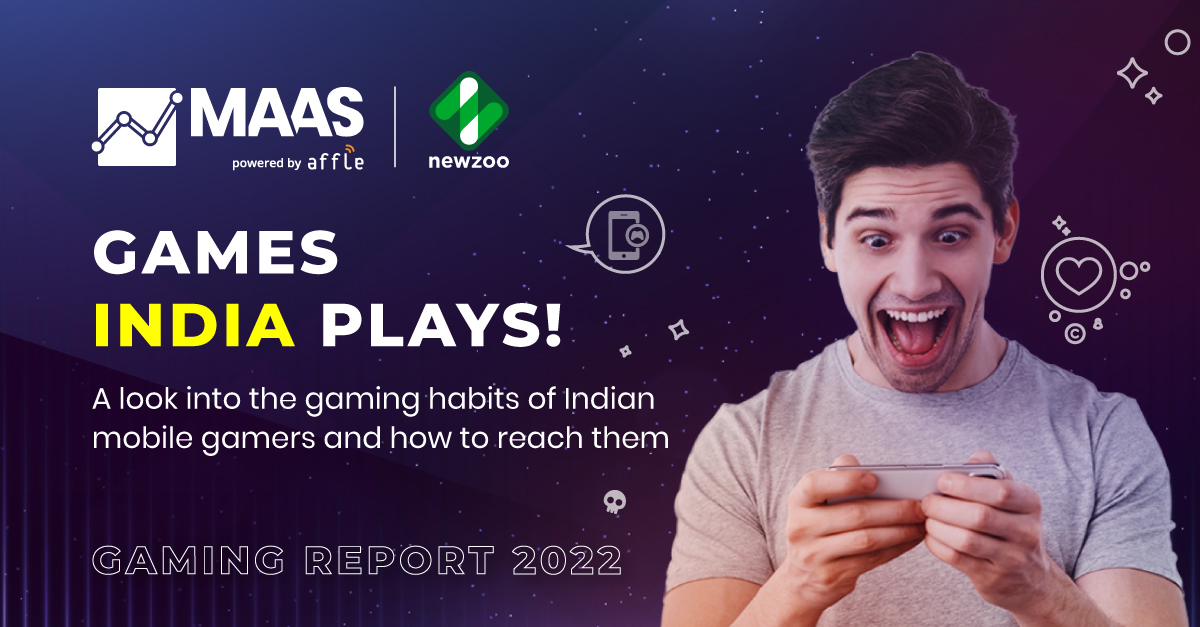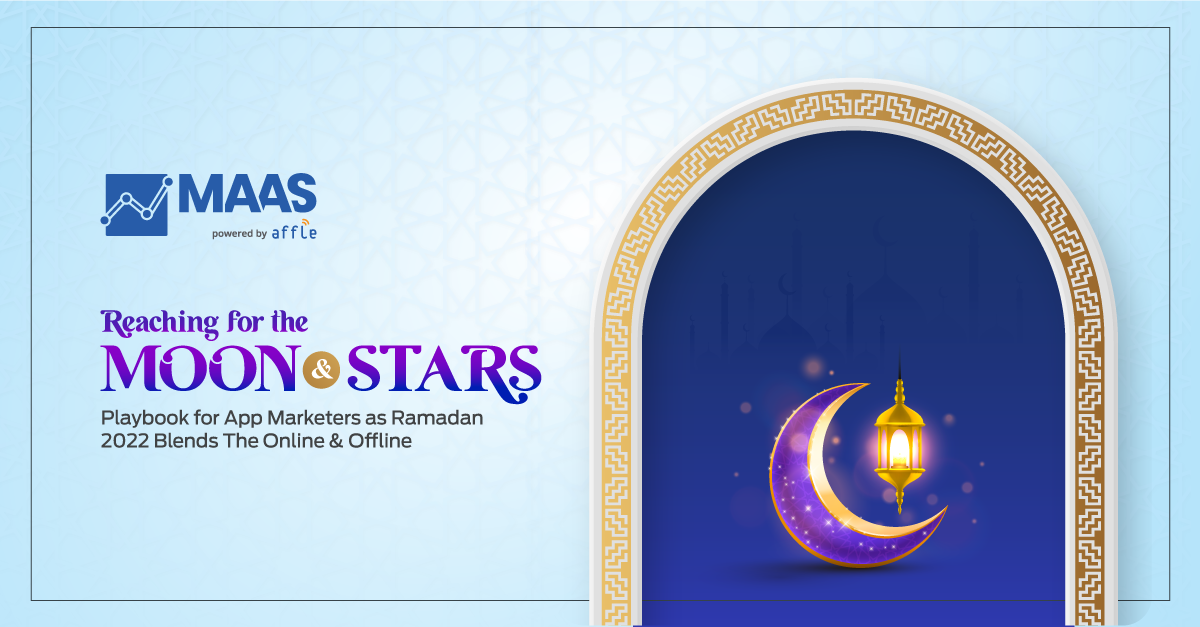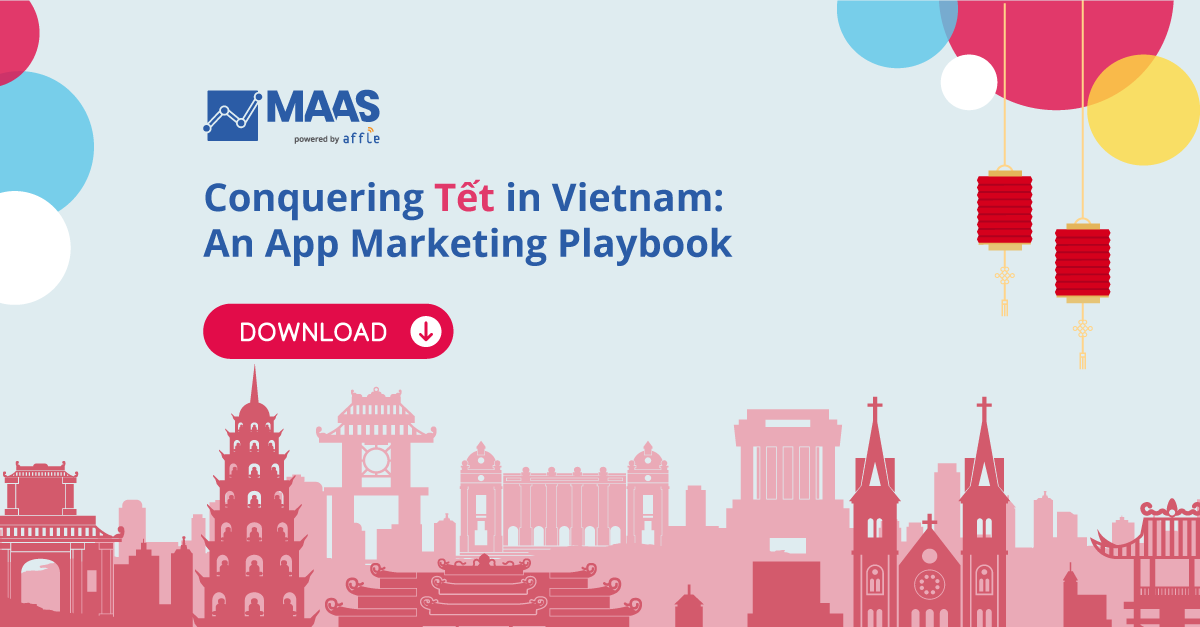Unraveling India’s Gaming Landscape Part 3 : Where is the Industry Headed?
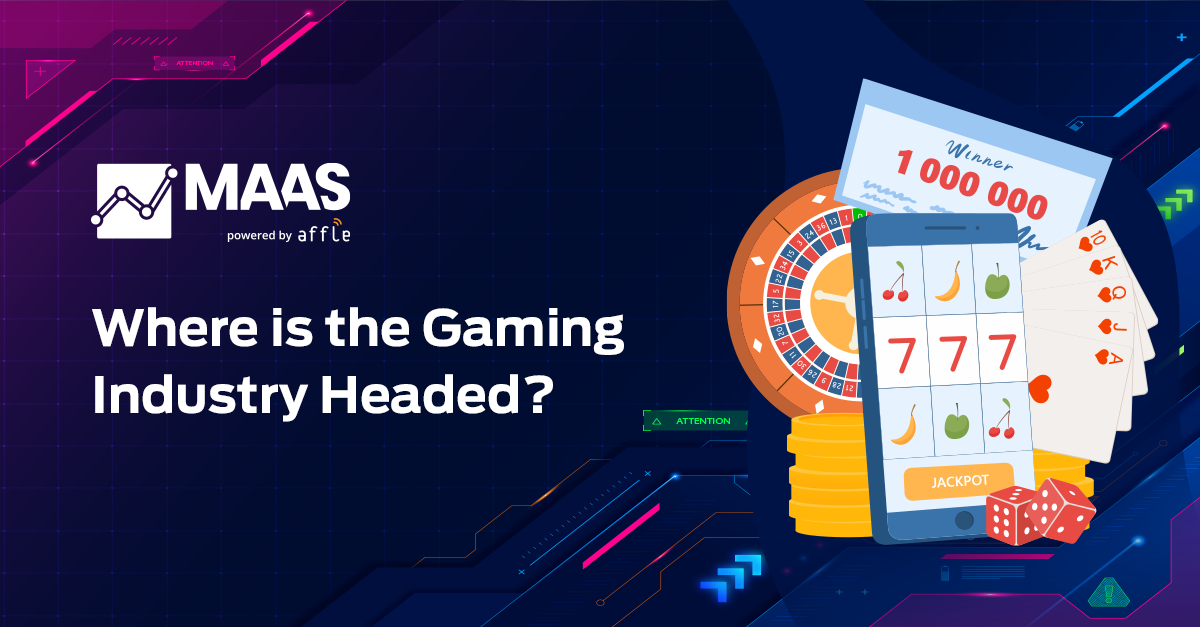
The pandemic was successful in driving gaming as a mainstream entertainment option for the Indian youth. Poised to grow by 113%, a KPMG report predicts explosive growth in the Indian gaming market by 2025. Among the millennials and Gen Z, gaming is fast becoming a primary entertainment source. With the fast-rising and multi-faceted gamer demography, the industry has transcended beyond the start-up phase.
Tracing the Gaming Growth
The Indian gaming industry saw a sudden growth back in 2016 with the launch of Reliance Jio. Cheap handsets and better distribution channels, along with cheap data charges gave an opportunity to the middle class to play the games online. Since then gaming as a segment has only grown in India and three main segments of RMG, Casual gaming, and eSports have reported stellar growth. Today, there are as many as 400+ gaming companies in India. The introduction of super apps for games (all formats of games in a single app) such as MPL, Paytm First Games, and Dangal Games has also made the sector more appealing to the users as well as advertisers.
Traditionally, the best monetization method was to sell the game or related merchandise. In the early era of game monetization, the freemium model came to dominate the likes of Candy Crush Saga and Clash of Clans, where in-app purchases accounted for a majority of the revenue. The freemium model also made sure the engagement of the players was high as they continuously came back to spend money on the game. This was particularly exciting for the developers of hyper-casual games who could offer more to the gamers through in-app purchases and micro-transactions to break gamer fatigue.
Gradually, advertising models also made in-game monetization opportunities wider. With creative ad formats such as Playable and Rewarded Video, advertisers could do more with advertising their games and fight banner blindness. If your gamer base is at a great top-of-the-funnel stage, branded content, in-app advertising, rewarded videos are lucrative options to monetize your gaming app. Using AI-based ad technologies, advertisers could position the ads to the game’s algorithm so as to not overwhelm gamers with too many ads and successfully monetize.
The Entry of New Demographic Group, Formats and Players
The booming Indian gaming industry is attracting the attention of foreign giants like Ubisoft, EA Sports and Riot Games. India-based game creators like Lakshya Digital are also frequently collaborating with internationally acclaimed developers to create truly immersive games.
While the competition to capture the market is at an all-time high, the emergence of newer demographic groups and wider market expansion opportunities in India is also attracting heavy investment in gaming as well as advertising. Until now, the traditional user base for Indian gamers has been the male audience, but women are emerging as the new user groups for mobile games. Not only is their number rising, but women gamers also span genres. Add to that the increased penetration of gaming apps in Tier-2 and Tier-3 cities, the gaming community in India is set to hit the 657 million gamer mark by 2025. With such opportunities to expand, gaming scions are looking to diversify their offerings and capture a greater pie of the market. Let’s take the example of skill-based Dangal Games that entered the casual gaming space with its unified platform offering Quiz, Racing, Carrom, 8-Ball Pool, etc. With Nazara Tech going the IPO route, there’s excitement around the opportunities for growth and monetization in the gaming landscape of India.
eSports’ Shining Moment Under the Indian Sun
Until a couple of years ago, eSports were pretty much unheard of in the Indian gaming landscape. Today, eSports are set to blaze the trail and this sub-segment is set to grow by CAGR 27% attaining the size of Rs. 5700 crore. In 2020, the viewership of eSports events doubled to 17 million in India whereas the audience for eSports will exceed 130 million by 2025. This is translating into newer advertising opportunities for brands who are discovering an exciting new way to reach their most valuable users: the Millenials and Gen Z. Not only eSports, but live game streaming apps are also making it big in India – garnering the attention of brands for advertising opportunities. Take the example of Loco, which offers brand visibility via multiple streamers available on their platform. Other prominent brands such as Red Bull, Mountain Dew and Coca Cola are also heavily investing in sponsorship opportunities in eSports events in India.
MAAS and Gaming – The Power-Packed Growth Formula
As a high-power segment, the gaming landscape is brimming with exciting opportunities for both gamers and advertisers. Moment marketing, precision targeting and device-level discovery are a few of the methods to take your game far and wide.
Having the right ad partner is hence critical to growing in this highly competitive segment. MAAS is already the favored partner for several well-known gaming brands in their journey to scale growth sustainably.
With rising UA costs in a crowded market and during popular cricketing or other sports events, MAAS helps to optimize your UA campaigns to reach maximum potential. Tailor-made inventories spanning all genders, geos, age groups on one platform ensure high transparency and mitigates issues of ad fraud. With its mDMP machine learning technology, MAAS uses appographic intelligence to serve your communications to users showing affinities similar to the user persona of your games. Real-time monitoring of the campaign helps with optimum utilization of app marketing spends increasing ROAS. Further, to enhance your campaigns, MAAS opens up diverse reach through OEM partnerships to support a host of ad-formats in English and vernacular language and content to increase penetration beyond the Tier-1 market.
Want to have a tailor-made growth plan for your gaming app? Consult with our gaming experts today who will be happy to chart your UA growth story!
Diksha Sahni and Karnika Roy contributed to this article.




